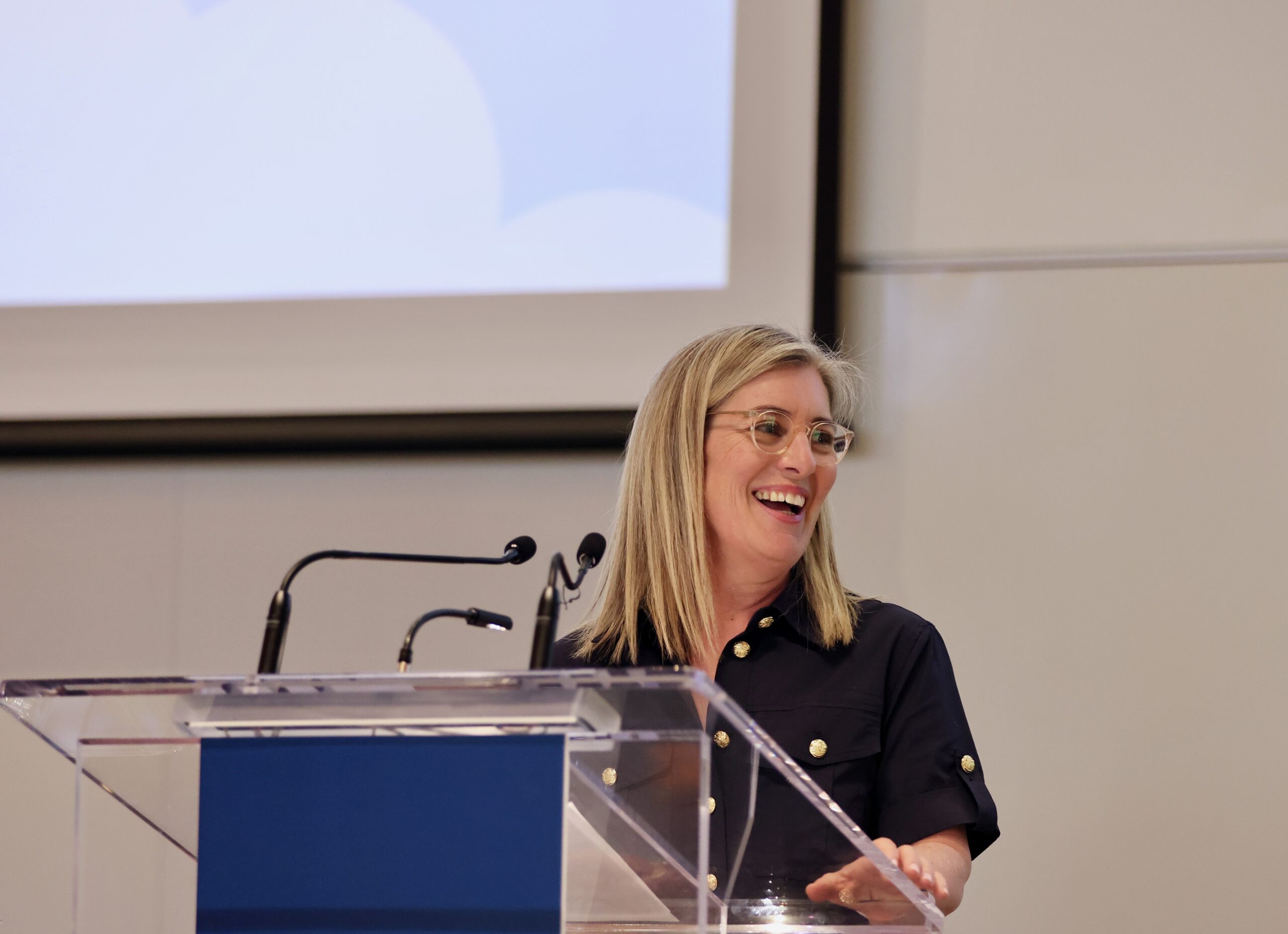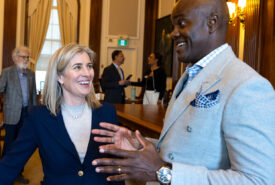Meric Gertler is the 16th president of the University of Toronto. His research focuses on urban innovation systems.
Last month I had the honour of travelling to Stockholm, where my University of Toronto colleague Geoffrey Hinton received the 2024 Nobel Prize in Physics. He was recognized for developing artificial neural networks, which now underpin the astonishingly powerful artificial intelligence tools shaping our daily lives.
As Canada considers how to ensure its future prosperity in an increasingly hostile global environment, this remarkable moment holds important implications. In particular, it highlights the folly of the federal government’s recent decision to limit the number of international graduate students as part of its larger crackdown on international student recruitment.
Like so many talented Canadians – including John Polanyi, U of T’s 1986 Nobel laureate in Chemistry – Dr. Hinton is an immigrant. Born and educated in Britain, he came to U of T in 1987 from Carnegie-Mellon University in Pittsburgh. He was drawn here by the availability of funding from the Canadian Institute for Advanced Research (now CIFAR) and the Natural Sciences and Engineering Research Council to support his fundamental research into how the human brain works. He was also attracted by what he perceived as Canada’s more caring society.
In the years since Dr. Hinton’s arrival in Toronto, he has taught and supervised a long list of students and postdoctoral scholars, many of whom have become leaders in AI research or successful entrepreneurs. More than a few were born outside Canada. Dr. Hinton’s presence has also helped attract other bright minds from abroad, and they, too, have become luminaries in AI.
While some of his protégés and colleagues – such as OpenAI co-founder Ilya Sutskever – have left Canada, others have chosen to remain, building some of Canada’s most promising AI-based companies. Prime examples include Aidan Gomez, Nick Frosst and Ivan Zhang, co-founders of Cohere (US$5.5-billion valuation), and Raquel Urtasun, founder of Waabi (more than US$280-million raised).
The “Hinton effect” has also attracted many of the world’s leading AI companies to Toronto, tapping into the wealth of local talent. For example, Nvidia Corp. has set up its AI research lab in Toronto, headed by Sanja Fidler. Importantly, Drs. Urtasun and Fidler retain faculty positions at U of T, where they continue to develop the next generation of talent. Dr. Urtasun hails from Spain, while Dr. Fidler was born in Slovenia. Both were recruited to U of T from the United States.
Drs. Hinton, Urtasun and Fidler were among the co-founders of Toronto’s Vector Institute, whose mission is to promote advanced AI research, enhance AI talent development, attraction and retention, and promote adoption of AI tools to accelerate innovation and productivity across the Canadian economy. Their Vector co-founders Jordan Jacobs and Tomi Poutanen have gone on to create Radical Ventures, one of the world’s most notable AI-focused venture capital firms. And Dr. Hinton serves as academic adviser to U of T’s Schwartz Reisman Institute for Technology and Society, which is spearheading urgent work to promote AI safety.
Meanwhile, Deloitte reports that more than 670 AI startups and 140,000 AI professionals are working in Canada, with the largest cluster in Toronto.
What broader lessons can we learn from this experience? First, the importance of investing in curiosity-driven research over the long haul. In the 1980s, Dr. Hinton’s research was considered highly speculative and unproven. Only after decades of perseverance in developing the core models and following the advent of very large datasets and sufficiently powerful computing, did the full potential of his work become apparent.
Second, the importance of welcoming talented newcomers to Canada. Many of the protagonists in this story came from abroad. They were drawn here by research opportunities and funding. Many were also attracted by Canada’s openness and its inclusive society and cities. For example, Dr. Urtasun has spoken openly of her “love for and pride in” Canada as one of the key motivations to establish and grow Waabi in Toronto.
Moreover, as Dr. Hinton has recently emphasized, leading scholars must attract the best and brightest graduate students and postdocs to advance their research enterprise. In this light, the decision to limit the recruitment of international PhD and masters students will have profoundly damaging consequences for Canada’s long-run economic prospects.
As Canada contemplates its chronic productivity challenges and its distinctive place in an increasingly turbulent world, we would do well to learn from these lessons. Long-term investments in curiosity-driven research, an open society that welcomes newcomers and smart immigration policy that accentuates rather than depletes Canada’s talent advantage are key to our future prosperity.


